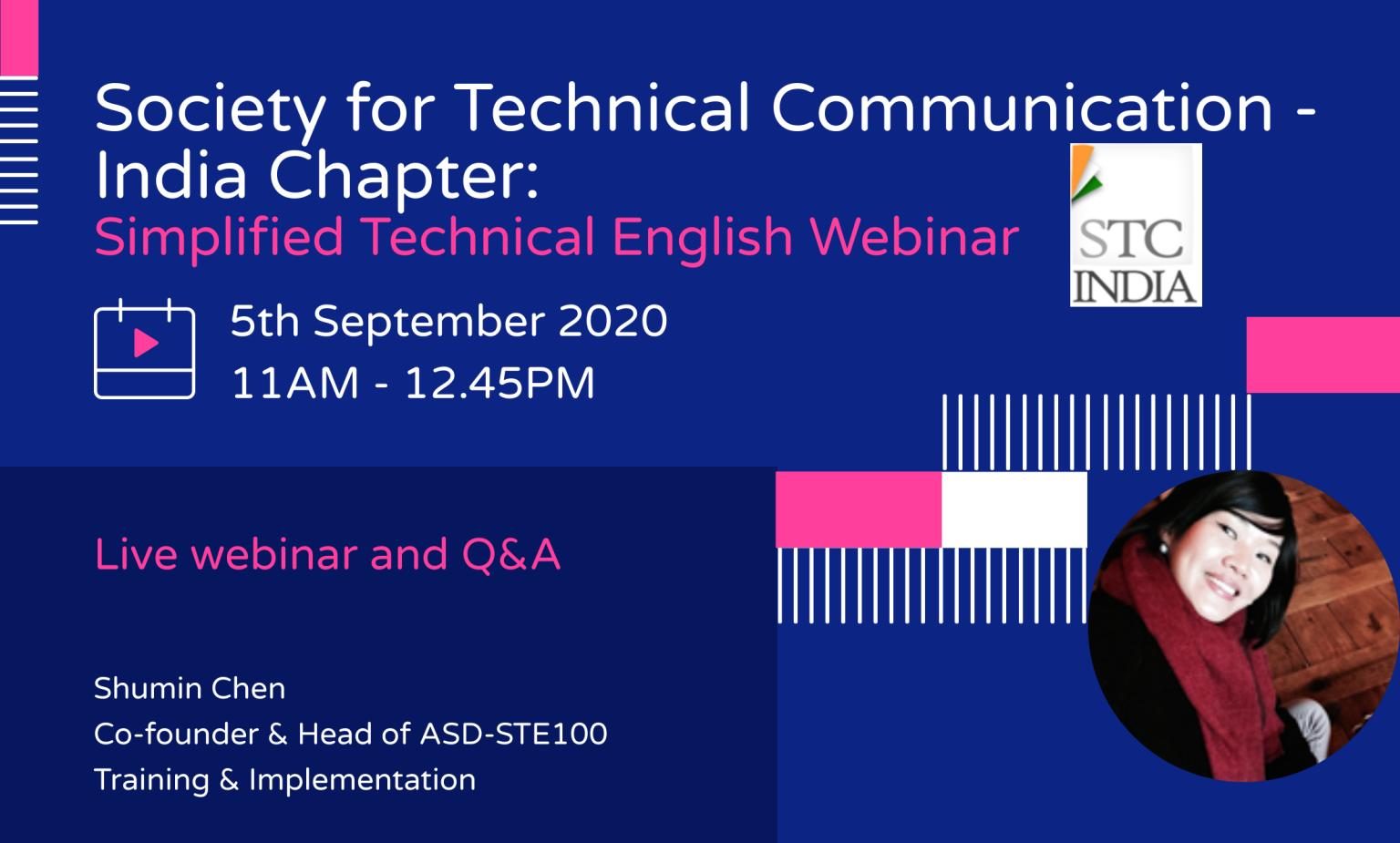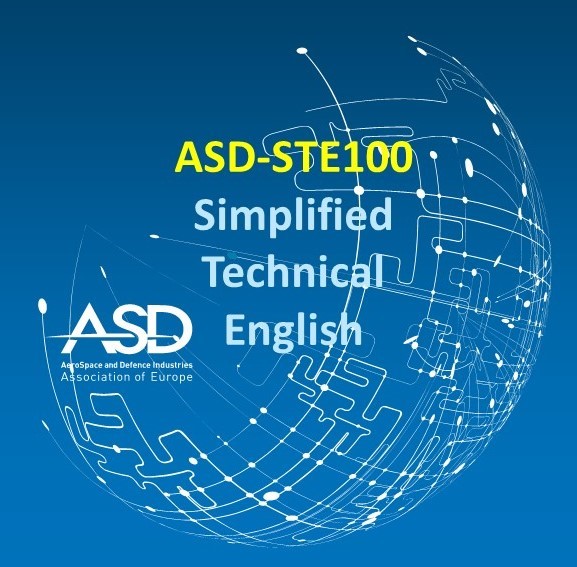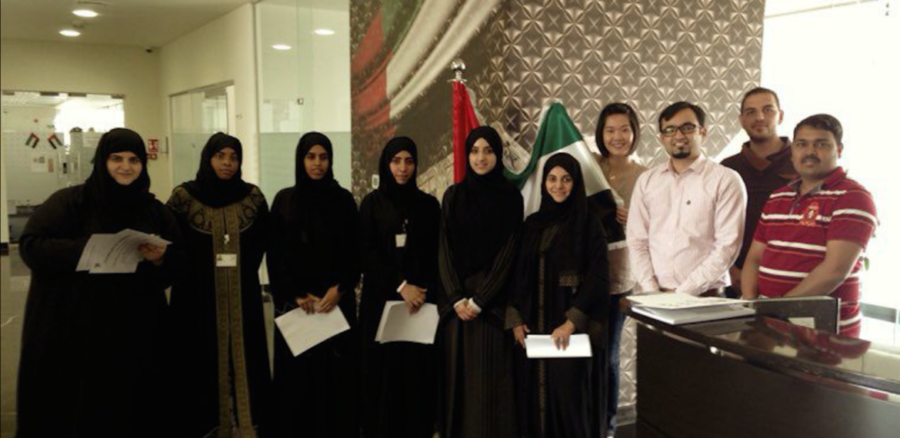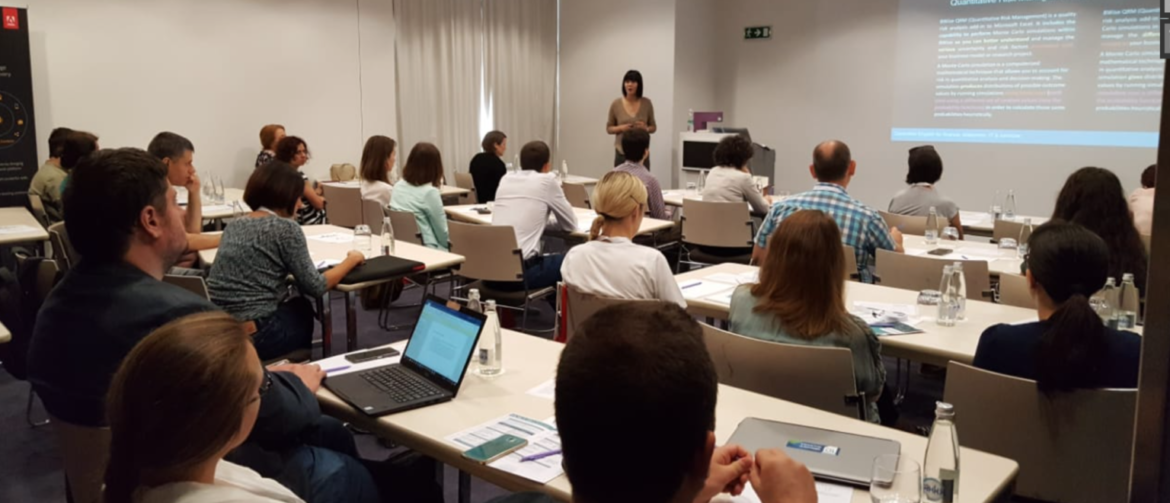Society for Technical Communication (STC Webinar: India Chapter) is hosting the Simplified Technical English Webinar conducted by Shufrans TechDocs on 5 September (Saturday), at 11:00 AM IST (100mins+15mins for Q&A).
Dates: Saturday, 5 September 2020 Time: 11:00 AM to 12:45 PM, India Standard Time (IST)
Simplified Technical English: A simplistic dichotomy or quite something else?
Simplified Technical English (STE) or ASD-STE100 is a controlled technical English language that is used to write technical manuals in a way that they can be more easily understood by an international audience. Often a formal requirement for aircraft and defence maintenance documentation, STE can easily be adapted to all technical industries and beyond.
This STC webinar explores the usability of Simplified Technical English outside of maintenance documentation. We will discuss industry examples that demonstrate the versatility of this documentation standard that has been in active use since the 1980s.
As a very simple example, one of our customers actually makes coffee machines. Coffee machines seem to have nothing to do with aircraft. However, 98% of passenger aircraft actually have coffee machines on board, and they need their documentation in Simplified English. Now, if this coffee machine happens to be in an office, or in a medical practitioner’s practice, or in a cafeteria, would it require documentation that is all that different from the documentation on board an aircraft? No, because if anything at all, we just restrict the rules a little bit less. Aerospace tends to be a little bit more restrictive, we just relax the rules a little bit for other industries.
Programme Highlights
- The applicability of Simplified Technical English across different industries
- How STE is different from company style guides
- STE case studies from different industries.
- STE writing rules
- Customising vocabulary & terminology
- Reaping the benefits of STE.
- STE in a nutshell
- Implementing STE with minimal disruption to on-going production and existing documentation
- Ensuring a seamless transition to STE writing at work.
About the Speaker
Since 2006, Ms Shumin Chen has been working as a consultant with customers in various industries worldwide: aerospace & defence, banking, consumer products, healthcare, IT, medical, and fitness equipment. She has helped many companies with their documentation needs, based on standards where possible, and is widely regarded as a leading expert in ASD-STE100 Simplified Technical English training, aviation documentation and multilingual documentation.
Ms Chen now heads the ASD-STE100 training arm of Shufrans TechDocs in Singapore. In her current role, Ms Chen continues to focus on the practical implementation of international standards to facilitate the efficient creation and management of multilingual documentation.















